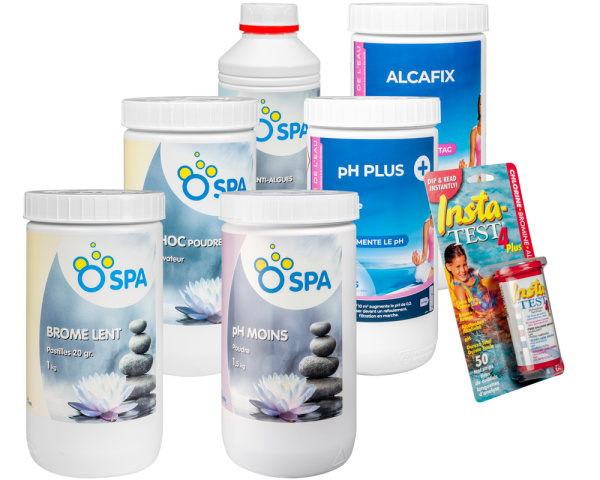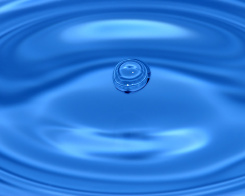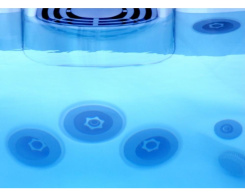How to use bromine in your hot tub
The three types of disinfectant most commonly used in hot tubs are chlorine, bromine and active oxygen. Bromine has the advantage of being long-lasting (it remains active for several days in a clean spa), not sensitive to pH and having almost no odour.
If you treat your spa with bromine, or want to start doing so, this page contains information that may help you.
After draining or restarting the spa
If you're changing the water or if your spa has been off for a while, it is likely that biofilm has developed in the pipework. You should start by rinsing everything with a biofilm remover to get rid of it.
Regular treatment
You got rid of the biofilm? Yay! Now you can start the regular treatment. If necessary, fill the spa with water, and follow these steps:
Start by adding non-chlorine shock, at a rate of 15 g per 1000 litres of water. This will eliminate the bacteria present in the water.
You can either add the bromine tablets to a floating diffuser (refer to the instructions provided with the diffuser), or put a couple of tablets directly in the skimmer basket.
We recommend that you add a dose of non-chlorine shock after you use your spa, to eliminate bacteria, perspiration and other organic matter brought in by people using the hot tub.
You should check your bromine level at least once a week, just before using the spa. The ideal bromine level is close to 6 ppm. There are two methods for measuring the free bromine levels: test strips are fast, but imprecise, or a test kit containing DPD tablets will give you a slower but more accurate result, as long as you follow the instructions carefully.
"Shock" your water regularly
The use of shocking agents is important, since bromine will act against bacteria each time the spa is used, but it will gradually become saturated (free bromine will react with the bacteria to form combined bromine instead, which is less effective). Shocking with non-chlorine shock the water will partially reverse the reaction and "release" some of the free bromine.
Check the pH value
Even though bromine is not sensitive to the pH of your water, you still need to adjust it to ensure good treatment stability. A good pH is between 7.0 and 7.6.
If the pH is low, use pH plus to raise it. If it is high, use pH minus to lower it.
If you notice that the TAC (total alkalinity) of the spa is too low, or if you find that your pH swings rapidly from one extreme to another, add some pH stabiliser.
We also offer kits that contain all these products.


